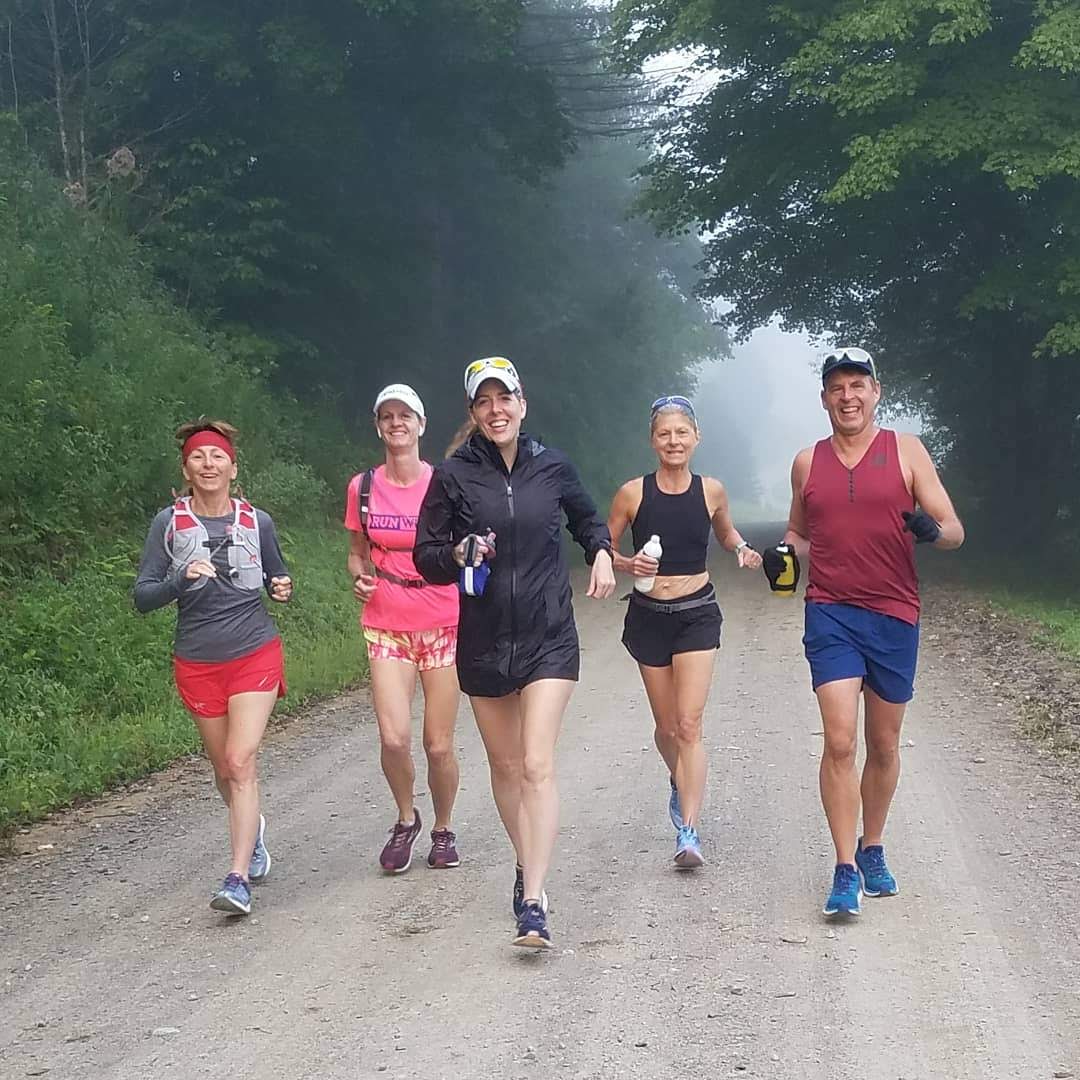It seems paradoxical, but slowing down will make you a faster runner. What most uncoached runners do is just go out for a run at whatever pace they feel like. Most of the time, they run too fast.
Sure they will improve their fitness some, but then they plateau and wonder why their paces stop getting better.

Why Running Too Fast Hurts Your Progress
Ever watch a little kid run? They have one speed: “GO!” And in just a few yards, they are completely exhausted and have to stop.
Now, most adults don’t run in such a dramatic way as little kids. But by running your easy runs even just a little too fast, you are essentially doing the same thing on a larger, yet more subtle scale.
I mean, we runners love to see progress and it makes sense that if our normal, everyday run gets faster then we must be getting faster, right?
Well, what’s actually happening is that most people are just running in their happy middle zone most of the time. It’s not so fast that it’s hard or really challenging, but not so slow that people would call what we are doing “jogging.” Heaven forbid!
But as crazy as it sounds, the secret to speeding up is slowing down. That’s right, I’m telling you to move your ego aside most of the time and embrace the jog. Become friends with the jog. Take the word jog back and declare yourself a jogger loud and proud. And then go crush your PRs.
How Jogging Makes Your Running Improve
The easiest way to explain it is that the more running you do, the better runner you will become up to a point. A little high-intensity speedwork goes a long way and results are seen quickly, but just a little too much speed and your risk of injury and overtraining goes up dramatically. In other words, your return on your running investment goes way down. So by keeping about 80% of your running slow, you build a big aerobic engine with a much lower risk.
Building peak aerobic fitness takes a very long time, years and years actually, so the more slow aerobic work you do every week, the earlier the results you are looking for will come.
Another way to picture it is that slow running is the cake and fast running is the icing. You could eat a lot of unfrosted cake, but it’s pretty hard to eat a giant bowl of just frosting. But get the ratio right and you have a perfect dessert.
So how exactly do you run slow? And how slow is slow?
The pace of your slow run will vary depending on your fitness, but a good rule of thumb is that you should be going at least 1 minute per mile slower than your marathon pace and 2 minutes is probably even better. For you really fast folks out there, you could even be going 3 minutes slower. The thing is you really can’t go too slow on your slow days. It might not seem like it, but you are getting results.
Now, many of my newer athletes will say to me, “I can’t run that slow! My form completely breaks down when I run slowly and it feels awkward and uncomfortable.”
Notice that I have been using the word “slow” and not the word “easy.” Slow and easy are not the same thing. Let go of any thoughts of easy, hard, comfortable, etc. Some days slow runs will feel easy and other days, like when you are sore after a tough workout the day before, they will not feel easy at all.
But they should always feel slow.
Anytime you are doing something you are not used to, it will feel awkward and running slowly is no exception. If you are used to running at a moderate pace, your body will complain when you try to change that, but I promise you, it will get easier!
Simple, but not easy
Your form shouldn’t change much at all. You just shorten your stride.
You should still keep a nice quick cadence and good posture with your head up and your shoulders down away from your ears.
You want to be light and smooth on your feet, and never be double supported, meaning no shuffling! One foot on the ground at a time.
You want to be like a quiet little ninja. So quiet that you sneak up on people ahead of you and scare the daylights out of them as you pass by.
One trick to being sure you are running easy is to close your mouth. If you can run breathing only out of your nose for several minutes, then you are running easy! Now I’m not saying that you have to nose breathe the whole time, but it’s just a little test if you are by yourself.
If you are running with a friend, use the talk test. You should be able to carry on a full conversation with your running buddy just as easily as you could walking.
When you run slowly, not only are you building your aerobic engine so that you can race faster and longer, you are moving nutrients to your hard working muscles so they can repair and build from your faster speed days. By the time your next hard session comes along, you are fresh and recovered, ready to run harder than you would be able to if you were still sore.
And what that means is that you are maximizing the short time that you run fast each week, which will get you faster, faster.
Even though it might not seem like slowing down will make you a faster runner, keeping your easy days easy and your hard days hard, is an effective way of getting faster as a runner.

